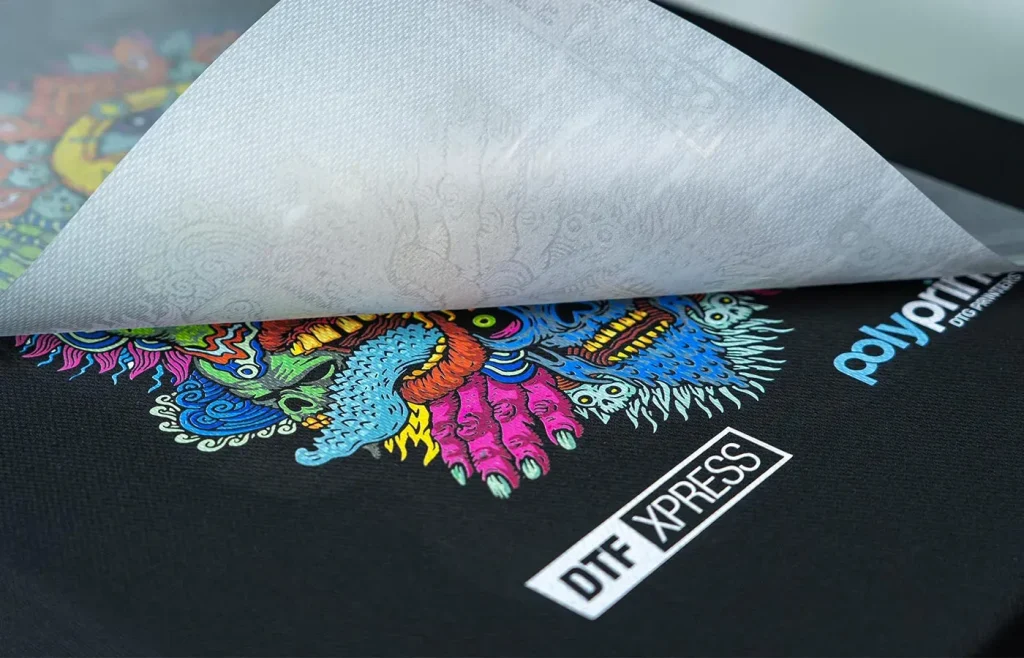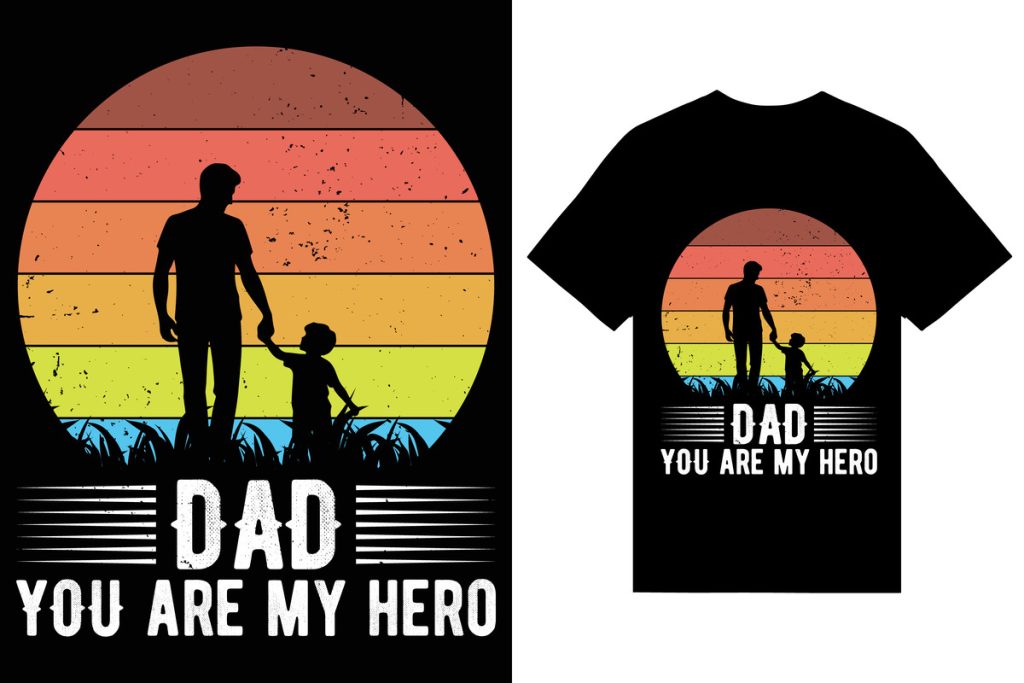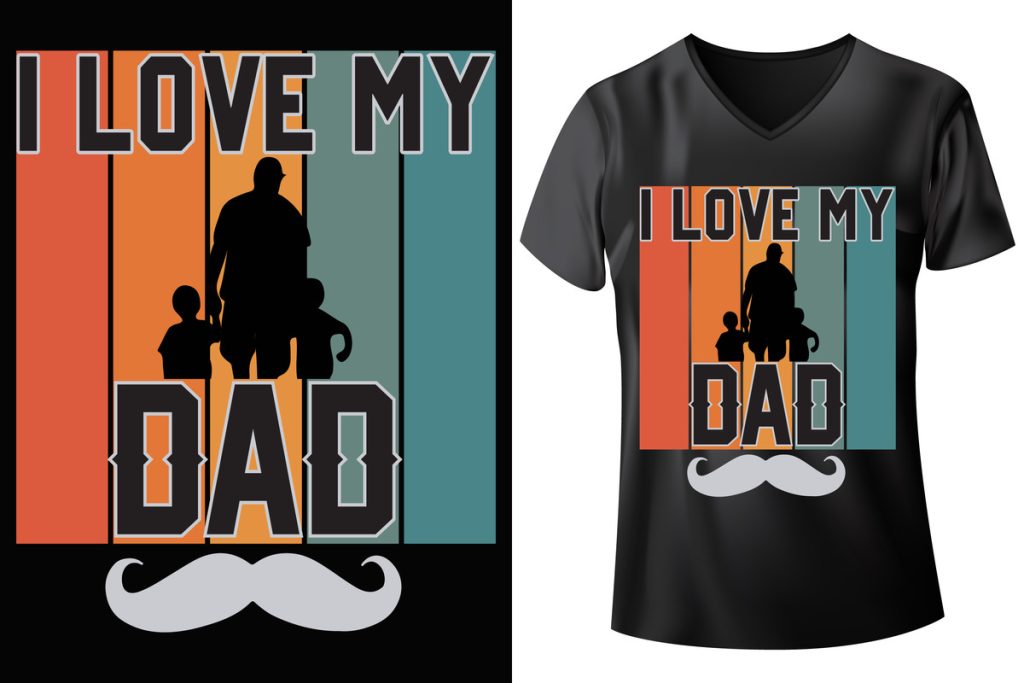Direct to Film (DTF) printing is revolutionizing the custom printing landscape, providing an innovative solution for both hobbyists and commercial enterprises. This cutting-edge technology allows vibrant designs to be printed directly onto a special film, which can then be transferred onto various fabrics with remarkable precision. As DTF printing gains traction, it is increasingly recognized as a preferred alternative to traditional methods, such as screen and sublimation printing. With advancements like the Epson DTF printer, users can create high-quality prints in a fraction of the time, making it an attractive choice for garment printing services. In a world where custom printing solutions are in high demand, DTF stands out for its versatility and efficiency, creating endless possibilities for creativity and personalization.
Known by various terms, Direct to Film printing offers an efficient technique for transferring artwork onto textiles and other materials. Similar to DTF, this form of custom printing empowers users to achieve detailed and vibrant results with ease, appealing to those in need of garment decoration services. Enthusiasts often compare it to sublimation printing, yet DTF provides unique advantages that facilitate broader material compatibility and less complicated setup processes. As professionals and hobbyists alike embrace this emerging trend, the allure of direct application and the support from technology giants like Epson only enhance its appeal in the realm of personalized printing.
The Advantages of DTF Printing Over Traditional Methods
DTF printing offers remarkable advantages when compared to traditional printing methods like screen printing and sublimation. One of the most significant benefits is its ability to print on a wider range of fabrics, including cotton, polyester, and nylon. This versatility allows users to expand their product offerings and cater to various market needs. Unlike sublimation, which works best on polyester blends, DTF can be effectively applied to almost any material, making it a go-to solution for custom printing needs.
Additionally, DTF printing boasts a simpler setup and faster production time. The process involves printing designs onto transfer films, which can then be easily applied to the desired fabric using a heat press. This efficiency not only streamlines production workflows but also reduces the cost of overhead typically associated with traditional printing methods. For small businesses seeking custom printing solutions, the fast turnaround times associated with DTF technology present a clear competitive advantage in today’s rapid market.
How DTF Printing is Changing the Game for Hobbyists
Hobbyists have found a new ally in DTF printing, embraced for its simplicity and efficacy in producing intricate designs. Unlike the complexities involved with sublimation printing setups, DTF technology allows enthusiasts to dive right into creating custom prints without the steep learning curve. It’s no wonder many home crafters are choosing DTF to manifest their creative visions efficiently while exploring various substrates.
Online communities supporting DTF enthusiasts are flourishing, providing invaluable resources, tips, and tricks to optimize their printing processes. These platforms enable hobbyists to share their experiences, troubleshoot issues, and celebrate their custom designs together. DTF printing has not only simplified the printing process for hobbyists but has also fostered a vibrant community passionate about innovation in the craft space.
Commercial Opportunities with DTF Printing Services
With the enormous potential DTF printing presents, commercial services are rapidly adopting this technology to fulfill the increasing demand for custom prints. Companies such as Snuggle are leading the way by launching dedicated DTF transfer services, which allow for high-volume production without sacrificing quality. Their capacity to produce thousands of prints daily is a game-changer, enabling businesses to meet tight deadlines and maximize profits through streamlined operations.
Furthermore, as businesses realize the benefits of DTF printing, they are also exploring partnerships with around web-to-print platforms that facilitate a smoother client interface. These integrated solutions enhance the customer experience by providing straightforward ordering processes, customization options, and efficient order fulfillment. As DTF technology continues to evolve, it opens up numerous avenues for businesses to thrive in a competitive market.
The Impact of Epson’s DTF Technology
Epson’s recent introduction of the first wide-format direct-to-film printer marks a pivotal moment in the DTF landscape. This development not only enhances the quality and precision of prints but also signifies a critical commitment from established industry players to embrace DTF technology. With their advanced production print software, Epson has set a standard that promises to elevate the capabilities of DTF printers and increase their appeal among commercial users.
This entry by Epson illustrates the increasing recognition of DTF printing as a viable solution within the commercial printing market. By bringing industry-leading technology into the mix, Epson’s development is likely to inspire further innovations from other manufacturers, thereby benefiting end-users with more options, improved technology, and competitive pricing in their printing solutions.
Exploring the Versatility of DTF Printing
The versatility of DTF printing is one of its most compelling attributes. Unlike traditional garment printing, DTF allows creators to print on various surfaces, including bags, home textiles, and promotional materials. This adaptability empowers businesses to tap into multiple markets concurrently, catering to distinctive customer needs without investing in separate printing machinery.
The technology’s ability to produce stunning, vibrant designs across a broad spectrum directly correlates with increased consumer demand for unique, custom items. Small businesses leverage DTF’s capabilities to push their creativity, offering specialized products that stand out in a saturated market. In doing so, they not only expand their offerings but also enhance the overall customer experience.
The Future of DTF Printing in Custom Solutions
As we look to the future, DTF printing is poised to become an integral part of the custom printing landscape. Its increasing popularity among hobbyists and commercial entities alike points to a growing demand for efficient, high-quality custom printing solutions. Innovations from leading brands, including new technologies and software improvements, will likely enhance the functionality and overall quality of DTF prints.
Moreover, as more businesses adopt DTF technology, the competition will drive further advancements, making it an attractive option for anyone in the custom printing field. With the ability to tackle diverse applications and deliver remarkable results quickly, DTF printing is not just a trend but a movement marking a new era for traditional printing methods.
Frequently Asked Questions
What is Direct to Film (DTF) printing and how does it work?
Direct to Film (DTF) printing is a cutting-edge technique that enables users to print high-quality designs directly onto a special film. This film is then transferred onto various fabrics using heat and pressure. DTF printing is known for its versatility and ability to produce vibrant colors on a wide range of materials, making it an ideal choice for custom printing solutions in both personal and commercial applications.
How does DTF printing compare to sublimation printing?
DTF printing differs from sublimation printing primarily in its process and material compatibility. While sublimation requires specific polyester-based substrates, DTF printing can adhere to a broader range of fabrics, including cotton, nylon, and blends. This flexibility allows DTF printing to cater to a wider variety of custom printing needs, making it popular among hobbyists and businesses alike.
What are the benefits of using an Epson DTF printer for garment printing?
Using an Epson DTF printer offers several benefits for garment printing, including high-quality output, efficiency, and ease of use. Epson’s entry into the DTF market ensures that users have access to advanced production print software, which enhances print quality and operational efficiency. This means businesses can produce vibrant, detailed designs quickly, helping them meet the demands of custom apparel consumers.
Why is DTF printing becoming popular among hobbyists?
DTF printing is gaining popularity among hobbyists due to its user-friendly nature and versatility. Hobbyists can set up DTF systems in smaller spaces, allowing for quick and efficient production cycles. The ability to print on various materials while creating personalized items makes DTF an attractive option for those looking to express their creativity through custom printing.
What recent advancements have been made in DTF technology?
Recent advancements in DTF technology include the launch of new commercial services, such as Snuggle’s trade service for DTF transfers, and Epson’s introduction of a wide-format DTF printer. These developments signify a growing recognition of DTF as a viable alternative to traditional printing methods, with improvements in efficiency, scalability, and print quality.
Can DTF printing be used for bulk orders and large-scale production?
Yes, DTF printing is suitable for bulk orders and large-scale production. Companies like Snuggle are already demonstrating the ability to produce thousands of DTF transfers daily. This scalability allows businesses to efficiently fulfill large orders without compromising on quality, making DTF a valuable option for commercial garment printing services.
| Key Point | Details |
|---|---|
| Introduction to DTF Printing | DTF technology has gained prominence in the printing industry, attracting both hobbyists and commercial printers. |
| Advantages of DTF over Traditional Methods | DTF allows printing on various materials with vibrant colors, making it efficient and user-friendly compared to screen printing or sublimation. |
| Popularity Among Hobbyists | Craft enthusiasts favor DTF for its ease of setup and quick production, offering diverse material compatibility. |
| Commercial Developments | Snuggle’s trade service and Epson’s DTF printer launch indicate growing commercial viability and capacity for bulk orders. |
| Versatility of DTF | DTF printing caters to many applications beyond garments, spanning bags and home textiles, thus appealing to small businesses. |
| Future of DTF Printing | The continued innovations and burgeoning commercial presence suggest DTF will shape the future of custom printing. |
Summary
Direct to Film printing is revolutionizing the custom printing landscape with its blend of versatility, quality, and increased accessibility. As both hobbyists and commercial entities embrace this innovative technology, it has become clear that DTF offers a streamlined process for producing vibrant, detailed designs across a multitude of materials. The emergence of dedicated commercial services, combined with the entry of major players like Snuggle and Epson, signals a robust evolution in the market. This adaptability not only allows for quick production cycles but also meets modern consumer demands for personalized products. As DTF printing continues to rise, it is set to become a cornerstone for anyone looking to elevate their custom printing offerings.



